Home>Gardening & Outdoor>Outdoor Recreation & Activities>How To Clean Black Algae From A Swimming Pool
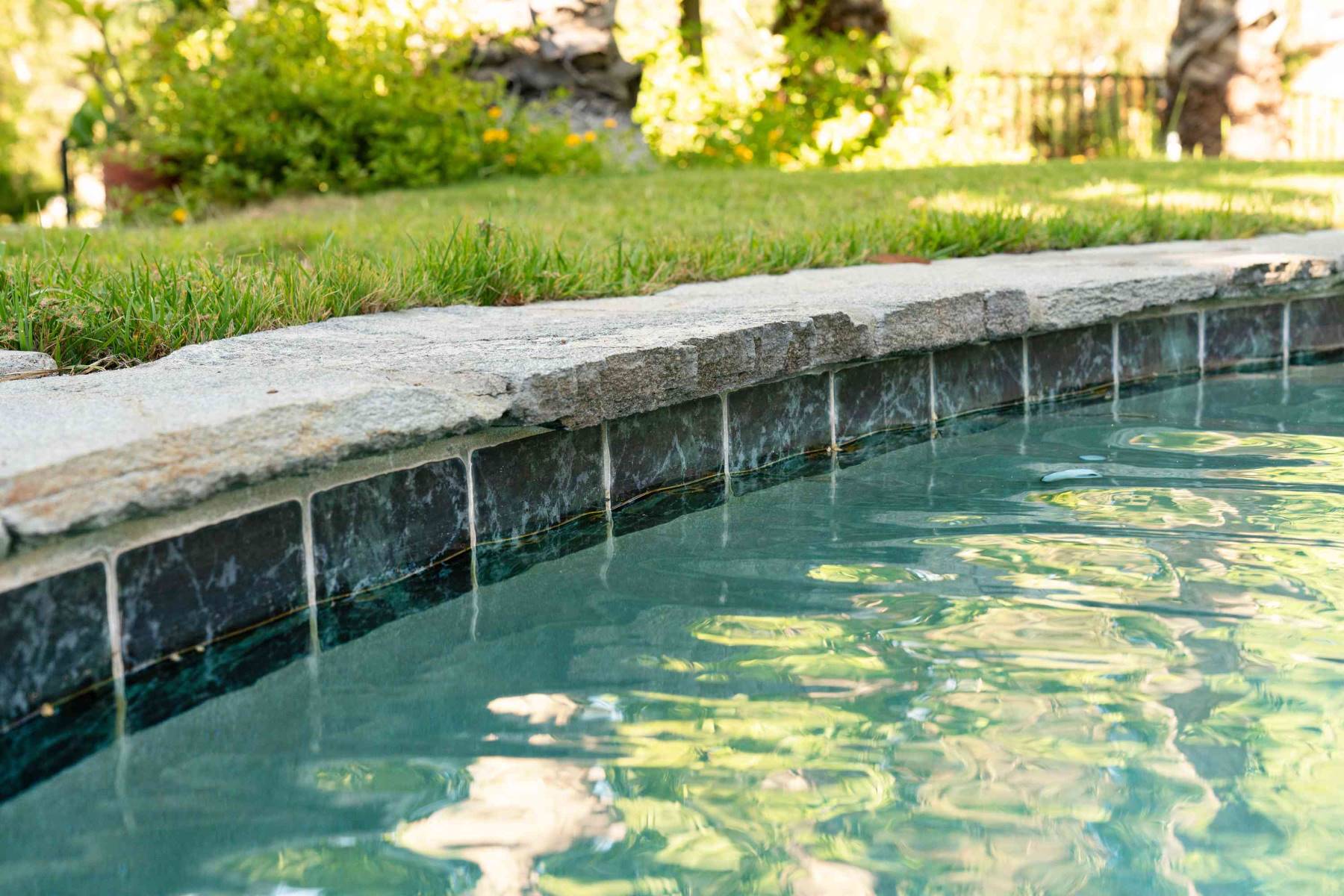

Outdoor Recreation & Activities
How To Clean Black Algae From A Swimming Pool
Published: February 18, 2024
Learn effective methods for removing black algae from your swimming pool and keeping it clean. Discover expert tips for outdoor recreation and activities.
(Many of the links in this article redirect to a specific reviewed product. Your purchase of these products through affiliate links helps to generate commission for Storables.com, at no extra cost. Learn more)
Introduction
Maintaining a sparkling, inviting swimming pool is a delight for any homeowner or pool enthusiast. However, the presence of black algae can quickly turn this dream into a nightmare. Black algae, known for its stubborn and unsightly appearance, can take root in the nooks and crannies of your pool, posing a significant challenge to eradicate. In this comprehensive guide, we will delve into the intricacies of black algae, equip you with the necessary tools and materials, and provide a step-by-step approach to effectively banish this unwelcome guest from your pool. Additionally, we will explore preventive measures to ensure that black algae does not make a comeback, allowing you to enjoy a pristine and inviting swimming environment for years to come. So, roll up your sleeves and get ready to bid farewell to black algae as we embark on this journey to restore the beauty and purity of your swimming pool.
Key Takeaways:
- Say goodbye to black algae in your pool by using the right tools and materials, and following a step-by-step cleaning process. Prevent its return with regular maintenance and strategic precautions.
- Keep your pool pristine by understanding black algae, using targeted cleaning methods, and implementing preventive measures. With diligence and the right approach, you can win the battle against black algae.
Read more: What Causes Algae In A Swimming Pool
Understanding Black Algae
Black algae, scientifically known as "Nostoc," is a resilient and pervasive organism that can wreak havoc on the aesthetics and cleanliness of a swimming pool. Unlike other types of algae, black algae possess a protective layer that shields it from common sanitizing agents and makes it notoriously difficult to eradicate. Recognizable by its dark green or black color and its tendency to form stubborn, slimy patches on pool surfaces, black algae can quickly take hold and spread if left unchecked.
This type of algae is particularly adept at finding refuge in porous and rough surfaces, such as grout lines, tile, and concrete, making it a formidable adversary in the battle for a pristine pool. Its root-like structures penetrate deep into the surface, anchoring the algae firmly and making it resistant to traditional cleaning methods.
Moreover, black algae can thrive in various conditions, including both shaded and sunlit areas, and it is known for its ability to withstand harsh environmental conditions. This resilience allows black algae to persist even in well-maintained pools, posing a persistent challenge to pool owners.
Understanding the nature of black algae is crucial for effectively combating its presence in a swimming pool. By gaining insight into its characteristics and resilience, pool owners can develop targeted strategies to eliminate and prevent its recurrence, ensuring a clean and inviting pool environment for all to enjoy.
Tools and Materials Needed
To effectively combat black algae infestations in your swimming pool, you will need a range of specialized tools and materials. These essential items are instrumental in facilitating thorough cleaning and ensuring that the algae is eradicated from all surfaces. Here's a comprehensive list of the tools and materials you'll need:
Tools:
-
Pool Brush: A stiff-bristled pool brush is essential for physically scrubbing the affected areas and dislodging the black algae from the surfaces. Opt for a brush specifically designed for algae removal, featuring durable bristles capable of reaching into crevices and grout lines.
-
Telescopic Pole: A telescopic pole equipped with a compatible pool brush attachment enables you to reach all areas of the pool without straining or overexerting yourself. Look for a sturdy, adjustable pole that allows for comfortable handling and efficient maneuvering.
-
Algae Scrubbing Mitt or Pad: These specialized cleaning tools are designed to target and remove stubborn algae deposits. The abrasive surface of the mitt or pad aids in dislodging the algae from surfaces, facilitating more effective cleaning.
-
Pool Vacuum: A reliable pool vacuum, preferably one designed for algae removal, is indispensable for removing dislodged algae and debris from the pool floor and walls. Ensure that the vacuum is in good working condition and equipped with appropriate attachments for thorough cleaning.
-
Safety Goggles and Gloves: Protect your eyes and skin from potential irritation by wearing safety goggles and gloves during the cleaning process. This precaution is especially important when using pool cleaning chemicals.
Materials:
-
Algaecide: Select a potent and specifically formulated algaecide designed to target and eliminate black algae. Ensure that the chosen algaecide is compatible with your pool's water chemistry and filtration system.
-
Chlorine Shock Treatment: A high-quality chlorine shock treatment is essential for sanitizing the pool and effectively combating the black algae. Opt for a shock treatment with a high concentration of chlorine to effectively eradicate the algae spores.
-
Tri-Chlor Chlorine Tablets: These slow-dissolving tablets help maintain chlorine levels in the pool, preventing the resurgence of algae and other contaminants. Ensure that the tablets are suitable for your pool's size and filtration system.
-
Water Testing Kit: A reliable water testing kit is crucial for monitoring and maintaining the pool's water chemistry. Regular testing allows you to adjust chemical levels as needed to prevent future algae growth.
-
Bucket: A sturdy bucket is essential for diluting and dispersing cleaning chemicals, as well as transporting tools and materials around the pool area.
By ensuring that you have the necessary tools and materials at your disposal, you can embark on the black algae cleaning process with confidence and efficiency, setting the stage for a thorough and successful eradication of this persistent nuisance.
Read more: How To Clean A Swimming Pool
Steps to Clean Black Algae from a Swimming Pool
-
Brushing: Begin by vigorously brushing the affected areas with a stiff-bristled pool brush. Focus on the black algae patches, ensuring that you apply sufficient pressure to dislodge the algae from the surfaces. Use a telescopic pole to reach all areas of the pool comfortably.
-
Scrubbing Mitt or Pad: Employ an algae scrubbing mitt or pad to target stubborn algae deposits. The abrasive surface of the mitt or pad aids in dislodging the algae from surfaces, facilitating more effective cleaning.
-
Vacuuming: Once the algae has been dislodged, promptly vacuum the pool to remove the loosened algae and debris. A reliable pool vacuum, preferably designed for algae removal, is essential for this step. Thoroughly vacuum the pool floor and walls to ensure that no remnants of the black algae remain.
-
Applying Algaecide: Select a potent and specifically formulated algaecide designed to target and eliminate black algae. Follow the manufacturer's instructions to apply the algaecide directly to the affected areas. Allow the algaecide to work its magic, penetrating and eradicating the remaining algae.
-
Chlorine Shock Treatment: Administer a high-quality chlorine shock treatment to the pool to sanitize the water and eliminate any remaining algae spores. Ensure that the shock treatment is distributed evenly throughout the pool for comprehensive coverage.
-
Maintaining Chlorine Levels: After the initial treatment, maintain adequate chlorine levels in the pool using tri-chlor chlorine tablets. These slow-dissolving tablets help prevent the resurgence of algae and other contaminants, contributing to a clean and balanced pool environment.
-
Monitoring Water Chemistry: Regularly test the pool water using a reliable water testing kit to monitor and maintain proper chemical levels. Adjust the chlorine, pH, and alkalinity levels as needed to prevent future algae growth and maintain water clarity.
By diligently following these steps, you can effectively banish black algae from your swimming pool, restoring its pristine condition and ensuring a welcoming environment for leisure and relaxation.
Preventing Black Algae Growth
Preventing the recurrence of black algae in your swimming pool is paramount to maintaining a clean and inviting aquatic oasis. After successfully eradicating black algae, implementing proactive measures to prevent its regrowth is essential. By incorporating diligent maintenance practices and strategic precautions, you can safeguard your pool against future black algae infestations. Here are key strategies to prevent black algae growth:
1. Regular Brushing and Maintenance
Consistent brushing and maintenance of pool surfaces are crucial for preventing black algae from taking hold. By routinely brushing the pool walls, floors, and other surfaces, you can disrupt the potential development of algae and dislodge any spores attempting to establish a foothold. Pay particular attention to areas with rough textures, grout lines, and crevices, as these are prime locations for black algae to thrive.
2. Optimal Water Circulation and Filtration
Maintaining optimal water circulation and filtration is instrumental in preventing algae growth, including black algae. Ensure that your pool's circulation system is functioning efficiently, and regularly clean or backwash the pool filter to remove debris and contaminants. Adequate water circulation and filtration help prevent stagnant areas where algae can proliferate, contributing to a healthier and algae-resistant pool environment.
3. Proper Water Chemistry Management
Maintaining balanced water chemistry is essential for preventing black algae growth. Regularly test the pool water and adjust the pH, alkalinity, and chlorine levels as needed to create an environment that is inhospitable to algae. Additionally, consider using algaecide treatments as a preventive measure, especially in areas prone to algae development.
4. Sunlight Exposure and Shading
Black algae can thrive in both shaded and sunlit areas of the pool. By strategically managing sunlight exposure and shading, you can minimize the conditions conducive to algae growth. Trim back overhanging trees or foliage that cast excessive shade over the pool, while also ensuring that sunlit areas receive adequate circulation and maintenance to deter algae formation.
5. Regular Pool Maintenance and Inspection
Consistent pool maintenance and thorough inspections are vital for early detection and prevention of black algae. Routinely check for any signs of algae growth, especially in hard-to-reach areas, and promptly address any potential issues. By staying proactive and vigilant, you can nip potential algae growth in the bud before it becomes a pervasive problem.
6. Proper Equipment and Surface Maintenance
Regularly inspect and maintain pool equipment, such as pumps, skimmers, and pool cleaning tools, to ensure they are functioning optimally. Additionally, address any surface irregularities or damage promptly, as rough or deteriorating surfaces can provide ideal conditions for black algae to establish itself.
By incorporating these preventive measures into your pool maintenance routine, you can significantly reduce the risk of black algae reappearing and maintain a pristine, algae-free swimming environment for your enjoyment and relaxation.
Read more: How To Clean A Swimming Pool Filter
Conclusion
In conclusion, the battle against black algae in swimming pools is a formidable yet conquerable challenge. By understanding the nature of black algae and implementing targeted cleaning and preventive measures, pool owners can reclaim and maintain a pristine pool environment free from the clutches of this resilient organism.
The process of cleaning black algae from a swimming pool requires diligence, patience, and the right tools and materials. From vigorous brushing and scrubbing to meticulous vacuuming and the strategic application of algaecides and shock treatments, each step plays a crucial role in eradicating black algae and restoring the pool's cleanliness. Furthermore, the ongoing maintenance of optimal water chemistry, circulation, and filtration is essential for preventing the resurgence of black algae and maintaining a healthy aquatic environment.
Preventive measures, such as regular brushing, diligent maintenance, and strategic sunlight exposure management, serve as proactive defenses against future black algae infestations. By incorporating these measures into a comprehensive pool maintenance routine, pool owners can significantly reduce the risk of black algae reappearing and ensure a welcoming and pristine swimming environment for years to come.
Ultimately, the successful eradication and prevention of black algae in swimming pools empower pool owners to enjoy the full benefits of their aquatic retreats. With a commitment to proactive maintenance and a thorough understanding of black algae's characteristics, pool enthusiasts can revel in the beauty and purity of their swimming pools, creating a haven for leisure, relaxation, and enjoyment.
As we conclude this journey to combat black algae, let us embrace the knowledge and strategies shared, empowering us to maintain clean, inviting, and algae-free swimming pools that serve as refreshing sanctuaries for all who seek aquatic respite. With determination and the right approach, the battle against black algae can be won, allowing us to bask in the joy and tranquility of our pristine swimming oases.
Frequently Asked Questions about How To Clean Black Algae From A Swimming Pool
Was this page helpful?
At Storables.com, we guarantee accurate and reliable information. Our content, validated by Expert Board Contributors, is crafted following stringent Editorial Policies. We're committed to providing you with well-researched, expert-backed insights for all your informational needs.
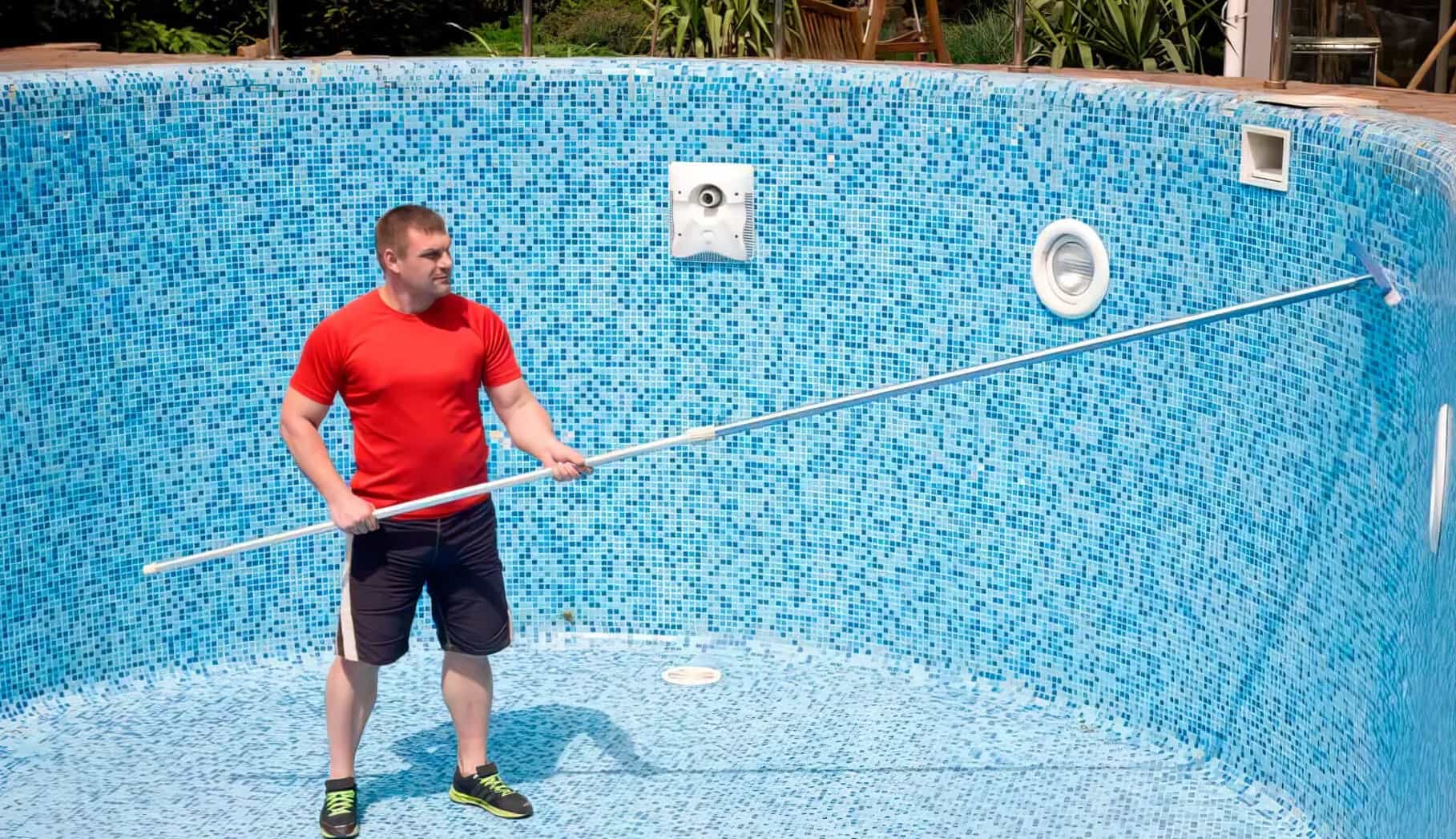
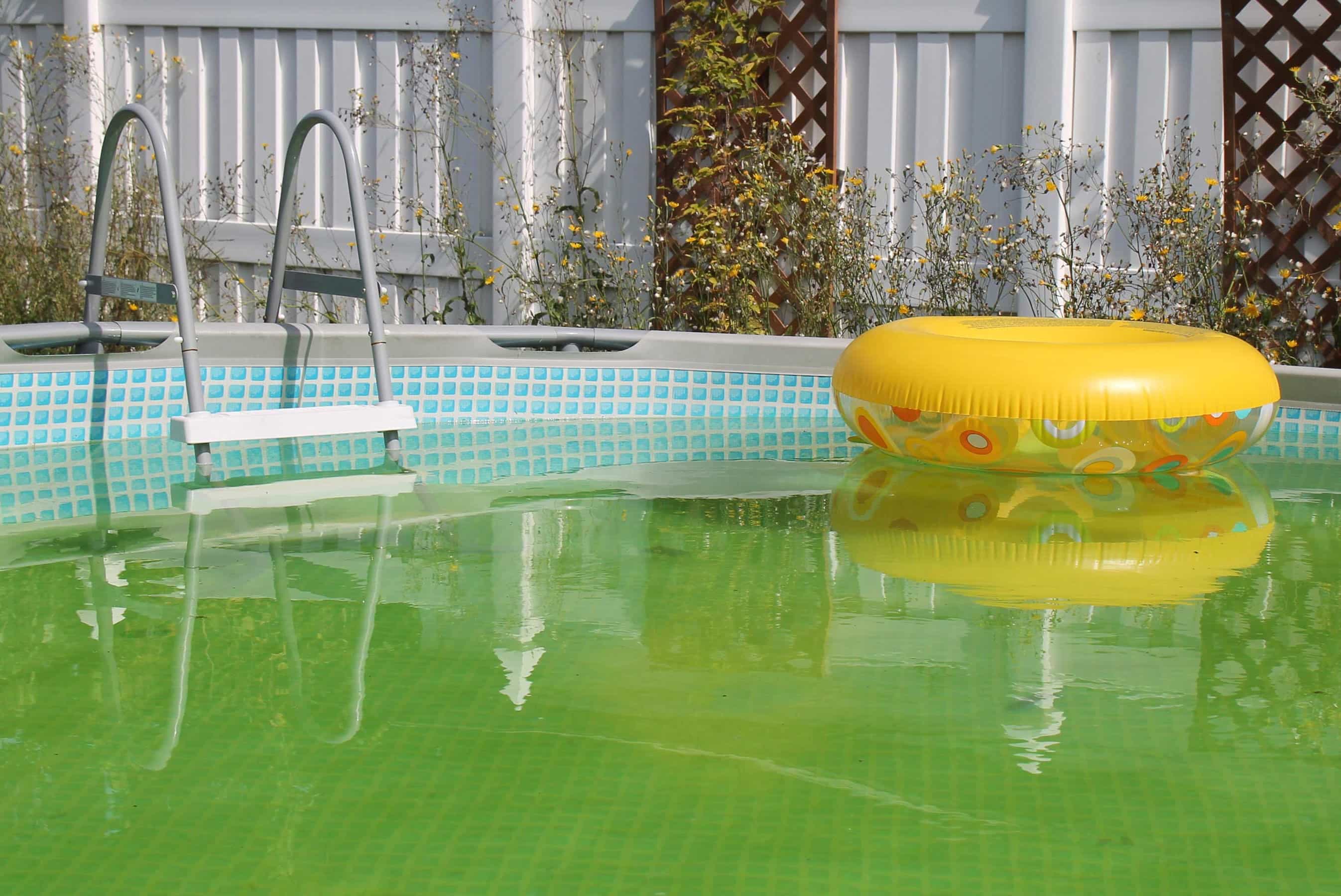
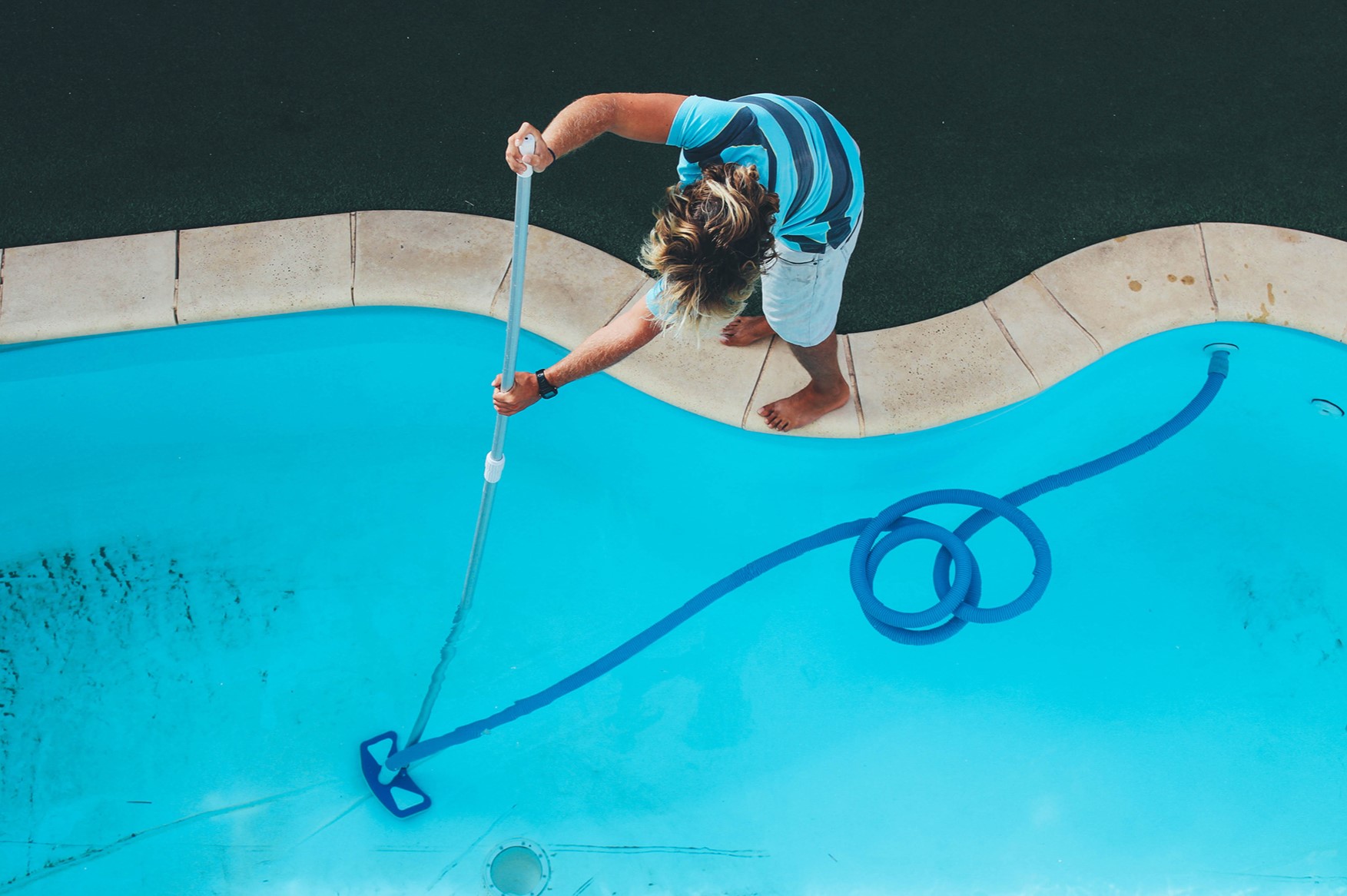
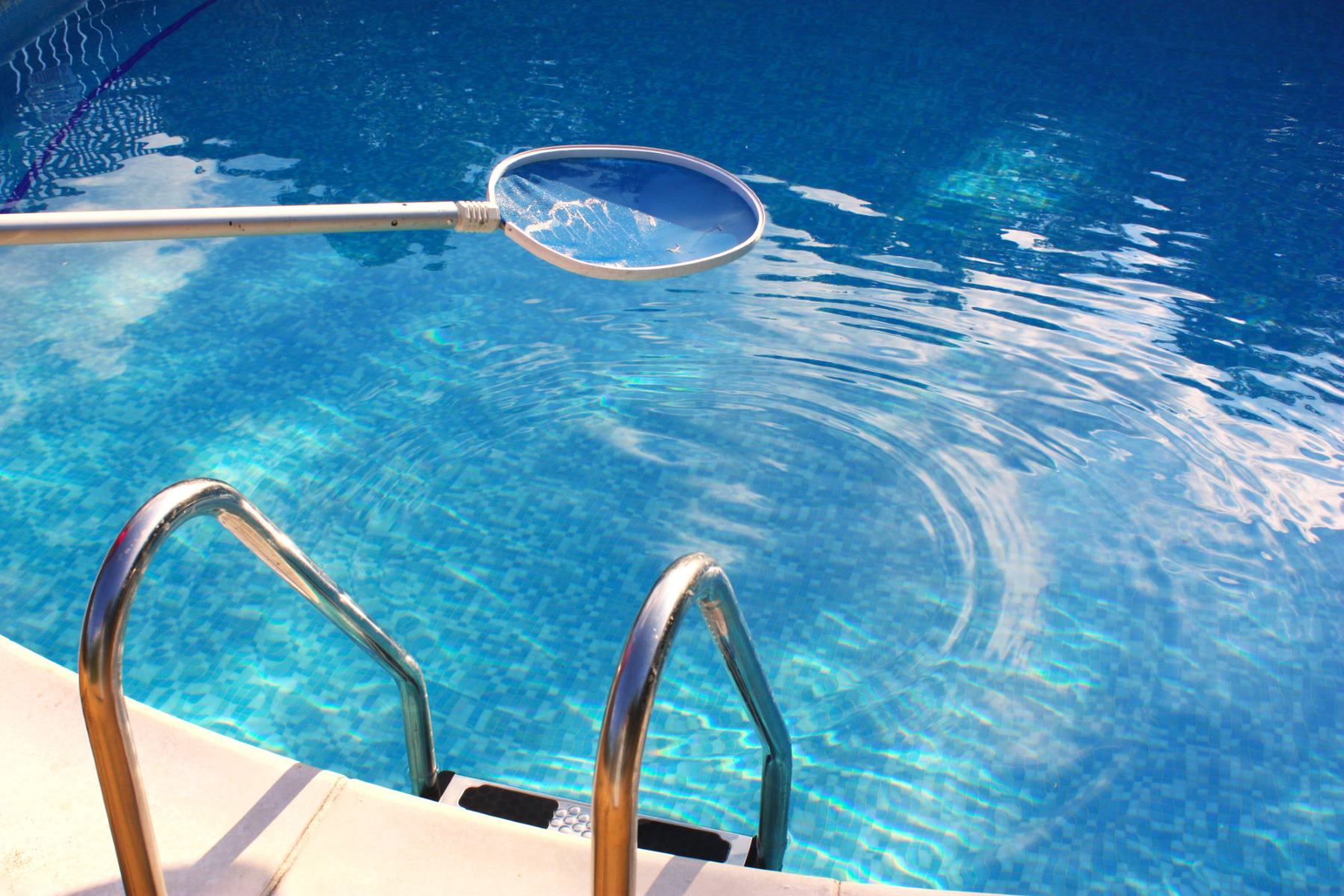
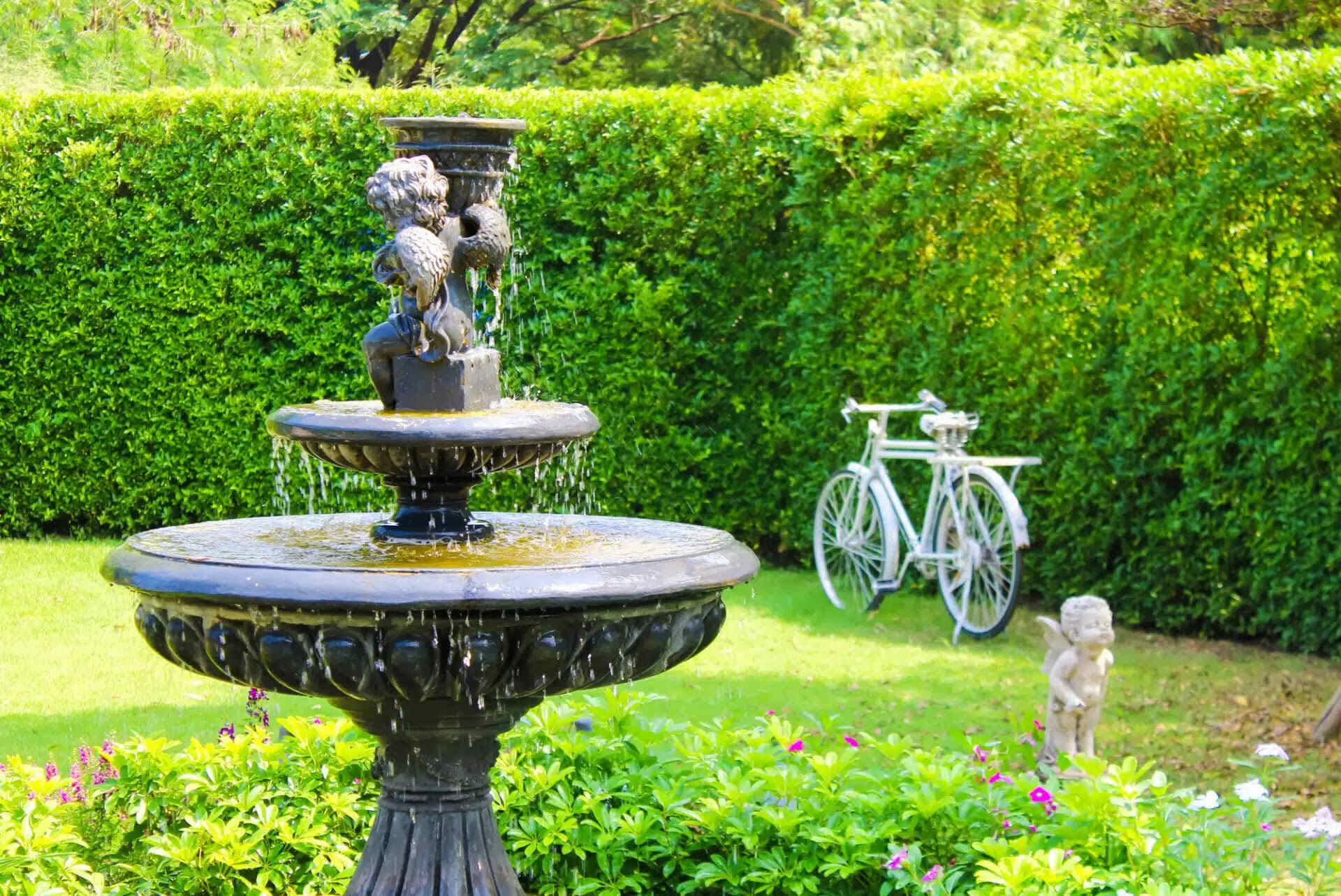
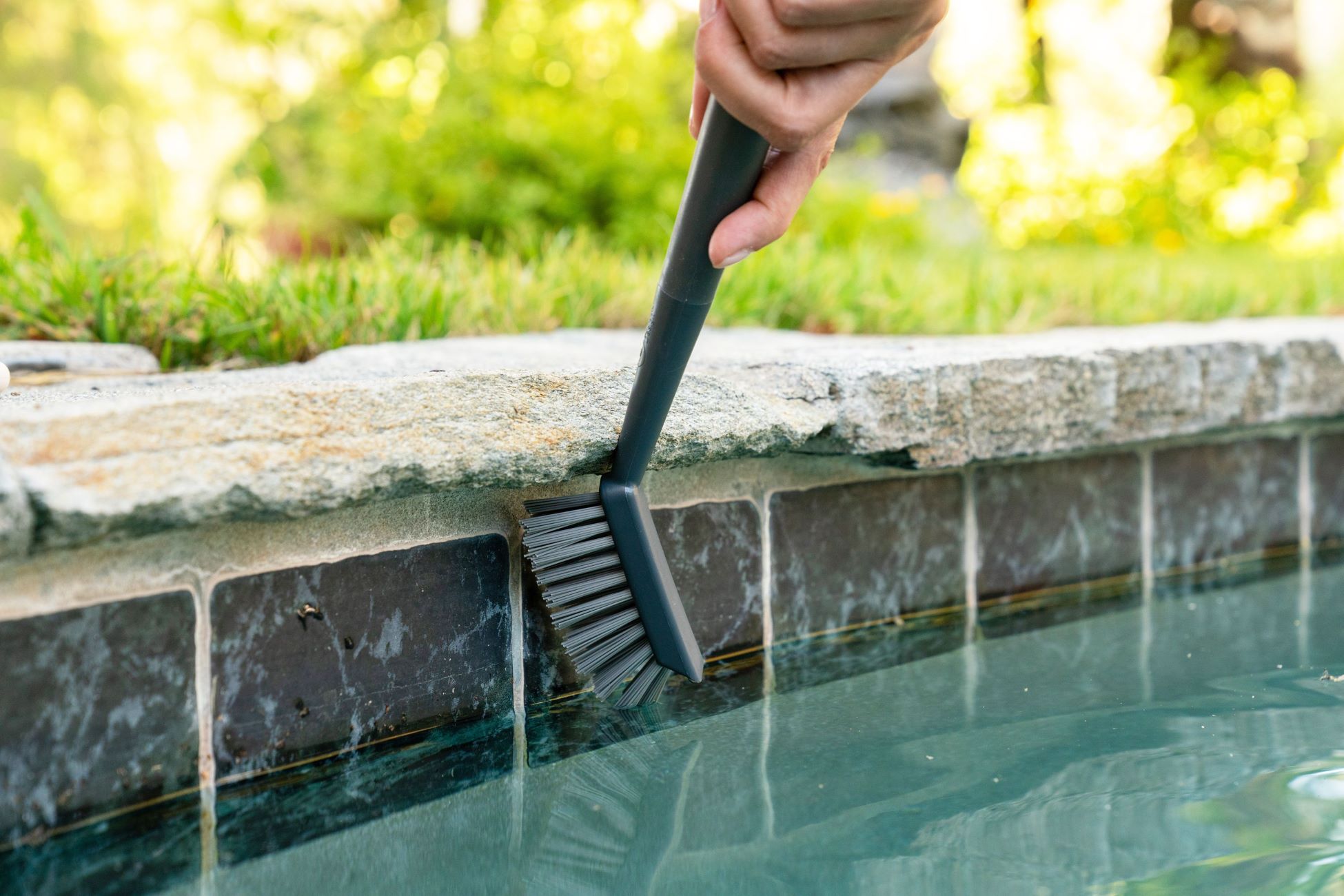
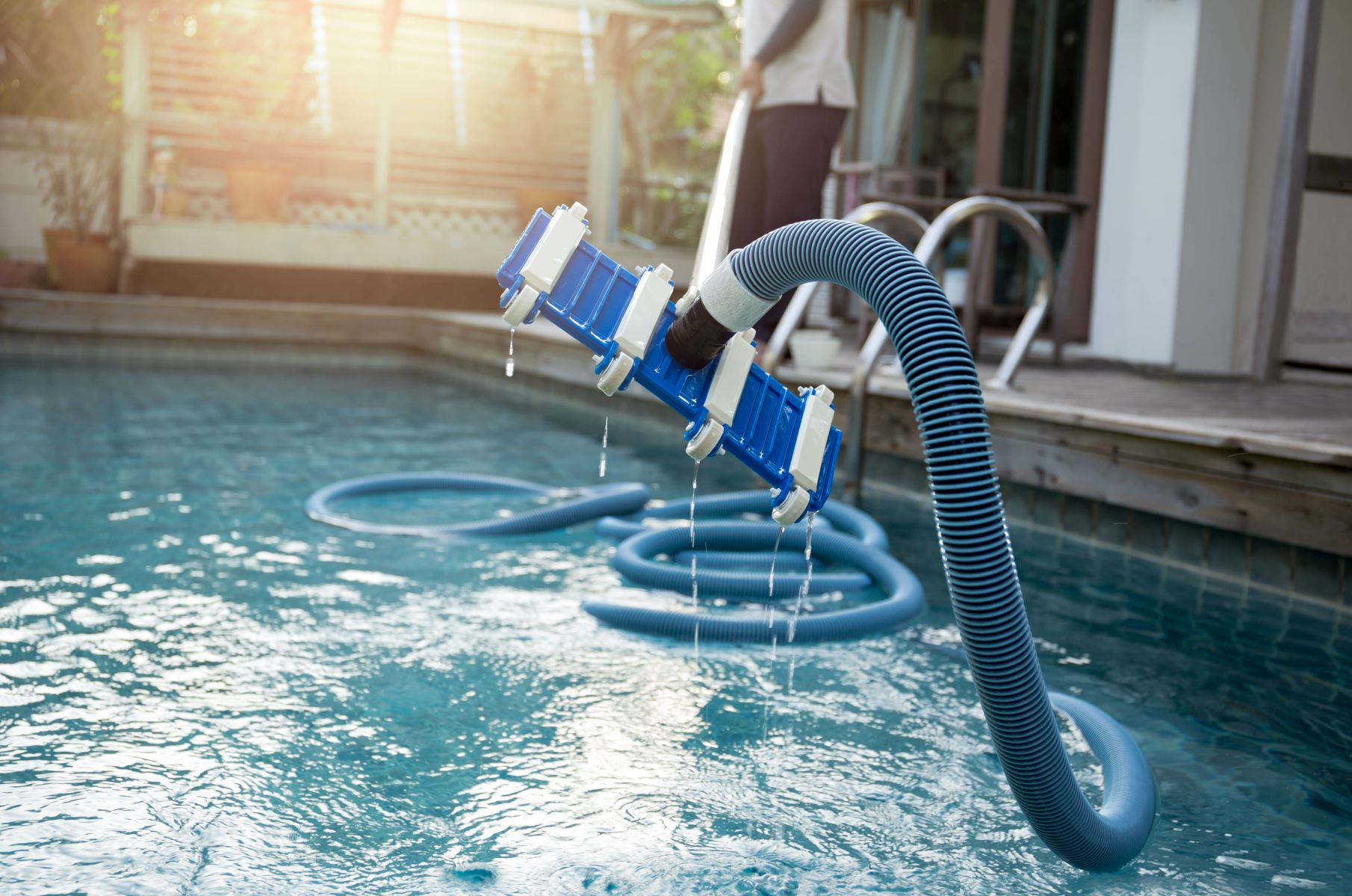
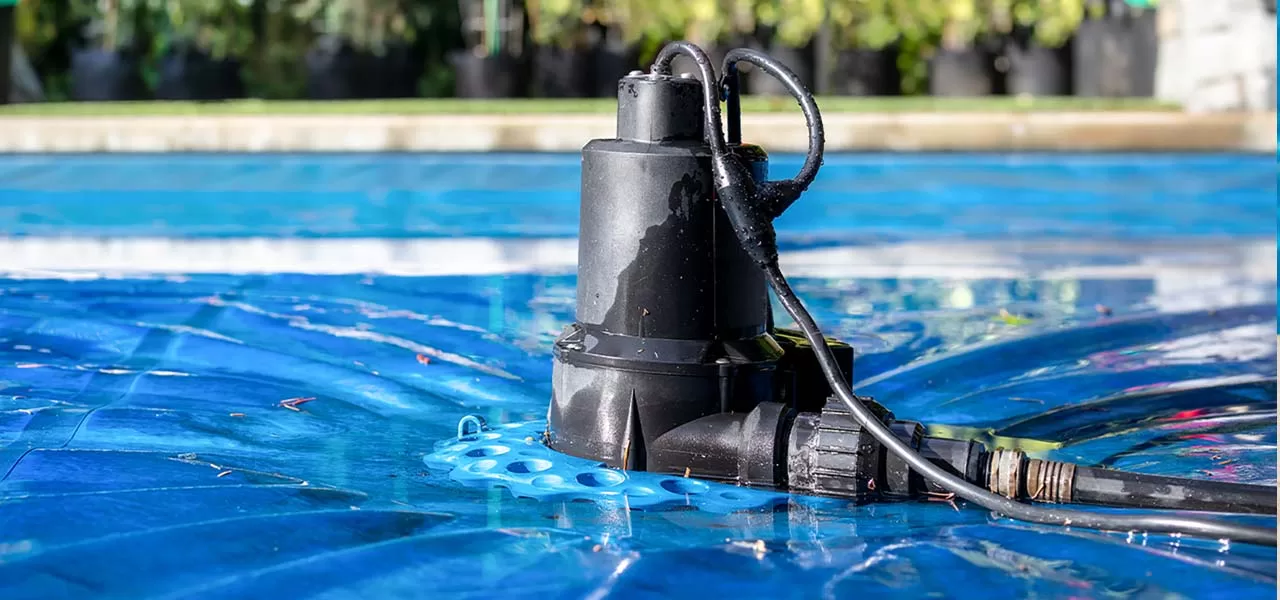
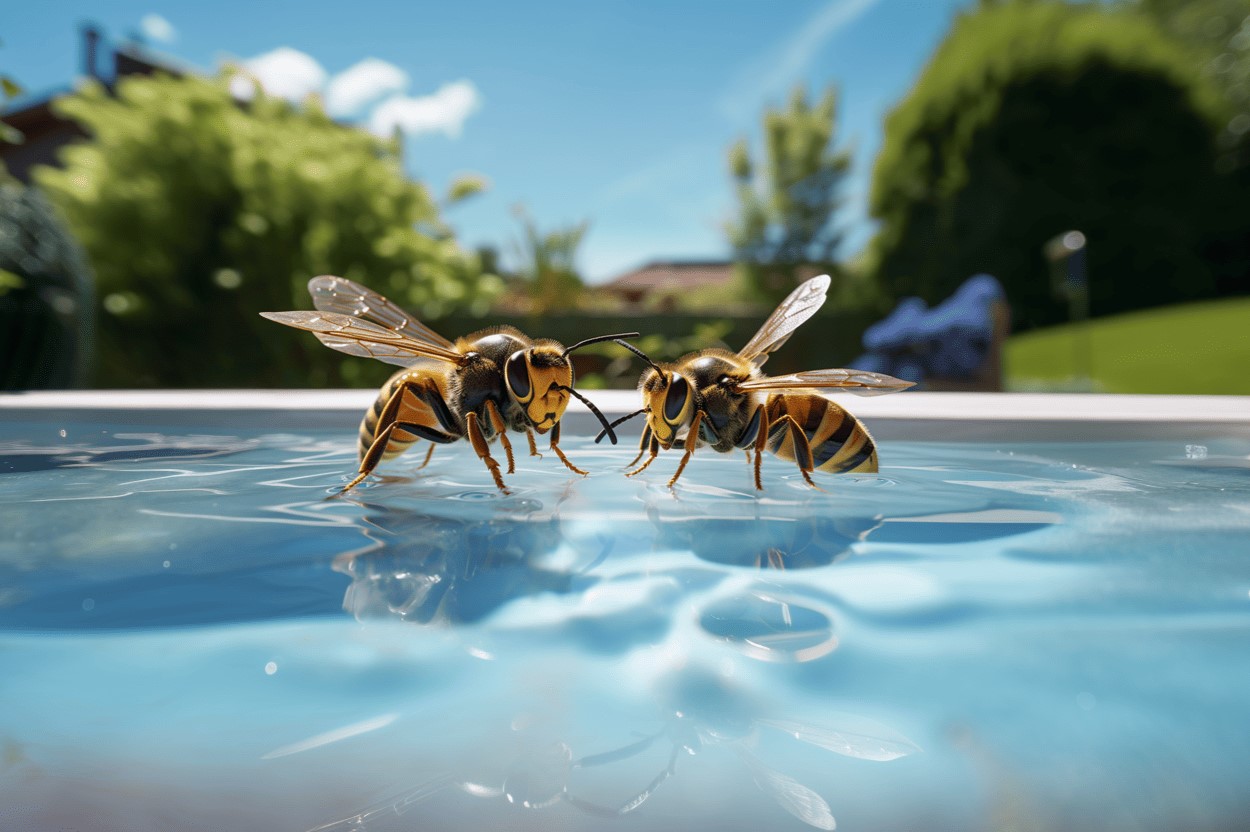
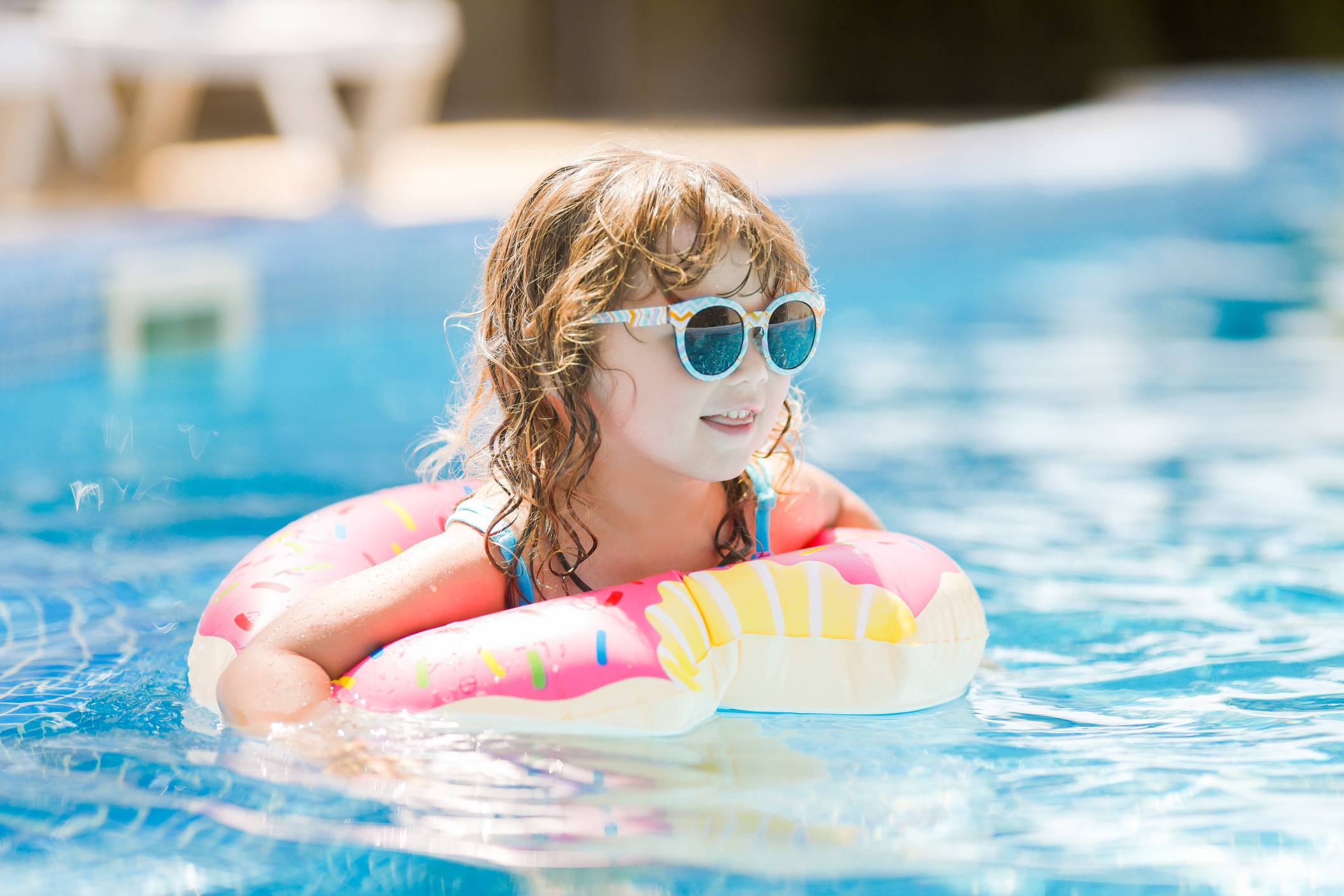
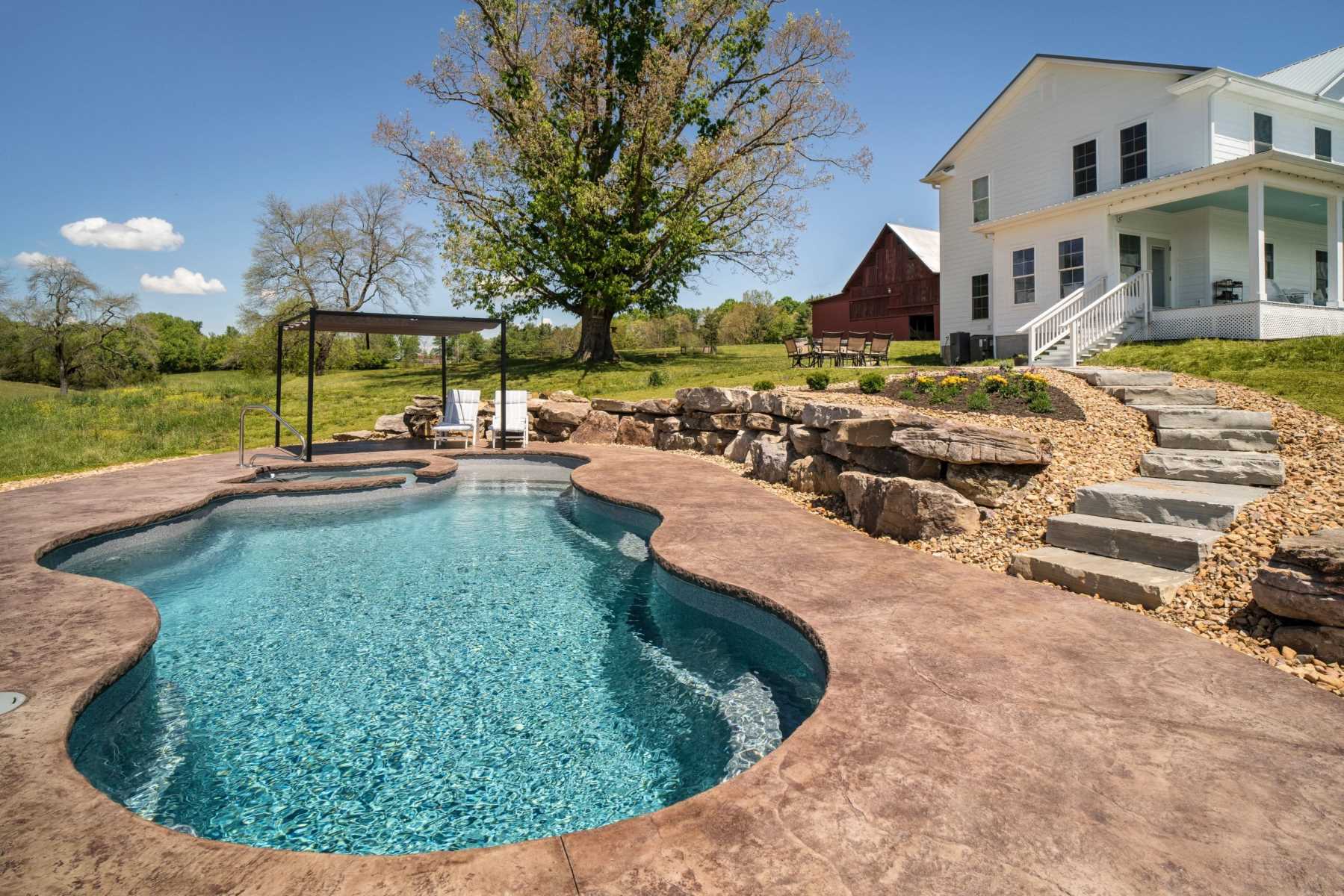
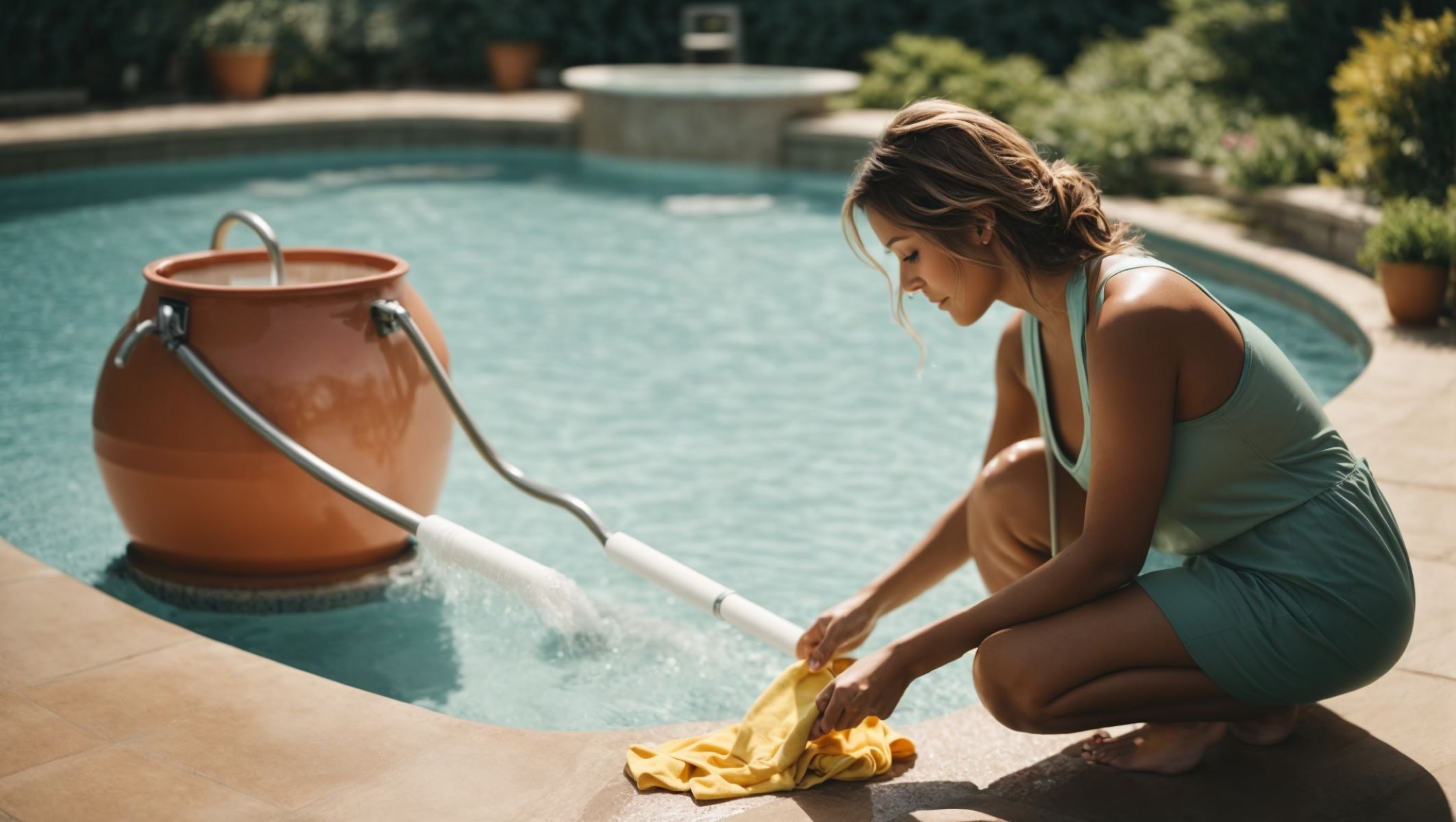

0 thoughts on “How To Clean Black Algae From A Swimming Pool”